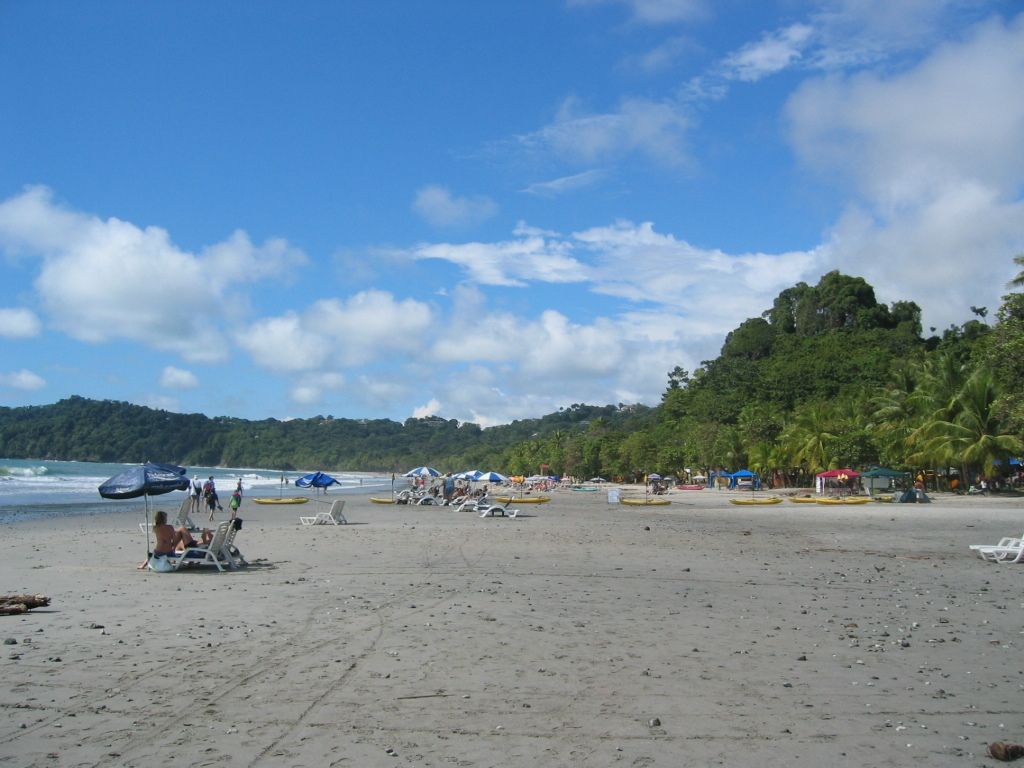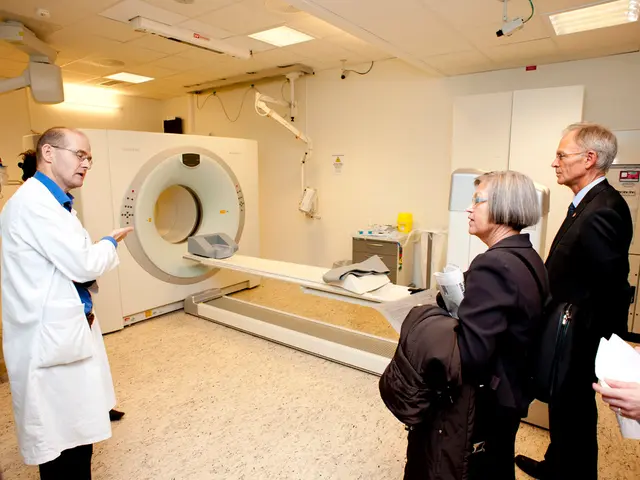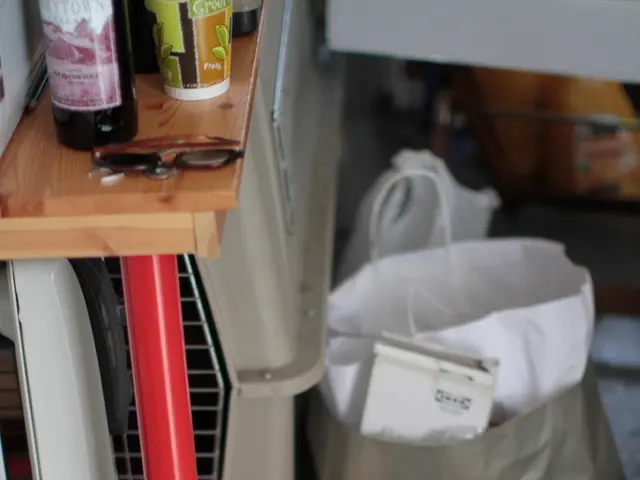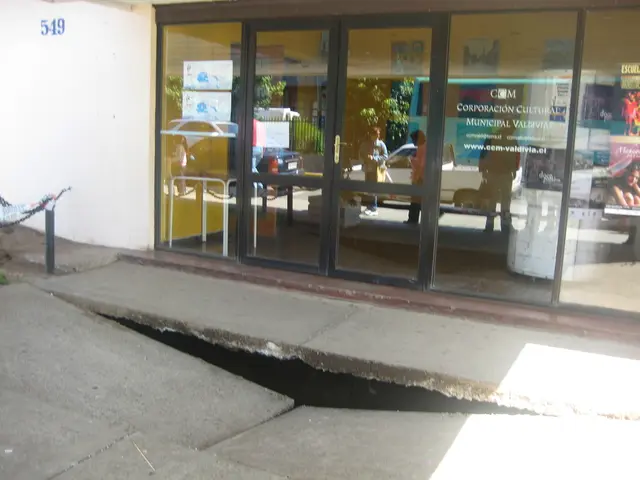Midcentury calamities explored: Serial killings, lead poisoning, and more, according to Caroline Fraser's discussion.
Going Under: Violence and Pollution in the Era of Serial Killers is now available from Penguin Press.
Interviewer: In essence, can you sum up the book's principal thesis? How did you manage to reveal the link between lead poisoning from gasoline and heavy metal poisoning, and the surge in violent crime?
Caroline Fraser: The story begins in the Pacific Northwest during the 1960s and 1970s, revolving around several narrative strands: The childhood years and grisly careers of multiple serial killers, such as Ted Bundy and Gary Ridgway, both hailing from Tacoma; the history of the notorious Tacoma smelter, owned by the American Smelting and Refining Company (ASARCO); and my own childhood on Mercer Island.
The thesis that emerges weaves together the potential consequences of the smelter's emissions that gave 1,000 square miles of Puget Sound a toxic brew of lead, arsenic, and more. Childhood lead exposure can cause a spectrum of behavioral and neurological issues, including impulsivity, aggression, and violence, which may become exacerbated in young adulthood. The folks residing in the Puget Sound area were exposed to extra lead thanks to the smelter's pollution.
Later on, I broaden my focus to other locations in the west, like El Paso, Texas, home to another ASARCO smelter and the birthplace of Richard Ramirez, the "Night Stalker." He became infamous for murdering people in Los Angeles, but he originated in El Paso, right next to the smelter's smokestack and the polluted Interstate 10 corridor.
Interviewer: So, this book is a colossal research effort, a paradigm-shifting exploration, and a comprehensive revision of mid-century crime interpretations. How did you go about piecing together such disparate research materials?
CF: I'd love to say I had a grand design, but the project unfolded more organically rather than chaotically. I began by tracing Ted Bundy's life timeline, connecting the smelter into the mix, and hanging other crimes and criminals off of that. I initially relied on newspapers and online archives for my research, followed by visits to Tacoma's Northwest Room at the Public Library and other historical archives when restrictions eased.
Interviewer: Why did you zero in on the PNW? What set it apart, or its killers?
CF: Intrigued by the enduring regional question: Why were there so many serial killers in the Northwest, I wanted to examine this idea and determine if it held any water. In the end, I had so much crime and so many criminals that I couldn't include them all.
Exploring other cities with similar smelters, such as Philadelphia, Pittsburgh, or Chicago, seems ripe for further investigation, as leaded gas and metal smelters were prevalent across the US for decades[6].
Interviewer: That bridge.... Tell us about that Seattle bridge. I must confess, I won't drive on it.
CF: The Mercer Island floating bridge, connecting Seattle and Mercer Island, and serving as the last stretch of I-90, played a significant role in my life and the lives of those living on the Island or commuting across it. It opened in 1940 and quickly became congested due to its two lanes in each direction. It had a critical engineering flaw – a mechanism allowing the bridge to open to allow boat traffic known as a "bulge," which resulted in numerous strange accidents.
In "Going Under," the Mercer Island floating bridge became a sort of malevolent presence, similar to the Tacoma smelter in its disregard for human life[2]. Ultimately, the bridge sank during a storm on Thanksgiving weekend, 1990.
Interviewer: With the current Trump administration weakening EPA regulations, are we on the brink of witnessing a fresh crop of serial killers?
CF: If the lead-crime hypothesis holds true, a new wave of violent crime seems unlikely since the two leading culprits, leaded gas and metal smelters, have vanished[4]. Lead-free gas and the closure of most copper and lead smelters have made a return unlikely for economic reasons, if not environmental ones[4].
Some lingering concerns remain about lead exposure, which can still be detected in old homes, lead pipes, drinking fountains in older schools, and public sites of former smelters[7].
Interviewer: You draw attention to factories that weren't shut down – only relocated to other countries. With relaxed regulations on the horizon, will they return to the US?
CF: Smelters are costly, difficult to operate, and labor-intensive, making it unlikely that they will be rebuilt[4]. It's more likely that smelters will continue to operate in countries where regulations are managed by the state, such as Mexico, South America, and China[4].
Secondary smelters in the US, which recycle metals, can be severe polluters, making “us” less secure than we might think[4].
Interviewer: You arrived at a fascinating conclusion regarding the Juarez murders. Can you elaborate on that for our audience? I reside in Texas, so this part really struck a chord.
CF: The femicides in Juarez are both bewildering and horrifying. I had more material on this that I would have liked to explore, but the reporting is complex and unclear, making it difficult to differentiate murders committed by serial killers from those caused by cartel violence and domestic abuse[3].
Interviewer: Your unique blend of reportage, memoir, and theory is worthy of further emulation in literature – why did you choose this form for "Going Under"? How did you move from Laura Ingalls Wilder to Ted Bundy?
CF: The story grew organically as it progressed, with the environmental history acting as the story's backbone. It's the material about the smelters and the intentional poisoning of vast areas of the West that links to my previous book, "Prairie Fires." "Prairie Fires" explores the devastating environmental damage caused by white settlement, the repercussions of which are still felt today[1].
- The book 'Going Under: Violence and Pollution in the Era of Serial Killers' delves into the link between environmental pollution, especially lead poisoning from gasoline and heavy metal poisoning, and the surge in violent crime, a connection that is examined through the lives and careers of serial killers like Ted Bundy and Gary Ridgway.
- The book also discusses the role of science, particularly in understanding the impact of toxic substances on mental health, health-and-wellness, and neurological-disorders, shedding light on the potential consequences of exposure to lead and other pollutants.
- The book's research materials span across various fields of study, including environmental-science, general-news, and crime-and-justice, highlighting the interconnectedness of apparently disparate topics.
- 'Going Under' offers insights into the history of certain factories, like the Tacoma smelter, and their role in contributing to pollution, which in turn influenced health issues and crime rates.
- The book also touches upon the important issue of mental-health, not only in the context of serial killers but also in relation to the general population exposed to long-term effects of pollution, highlighting the need for continued research and awareness in the field of health-and-wellness.








